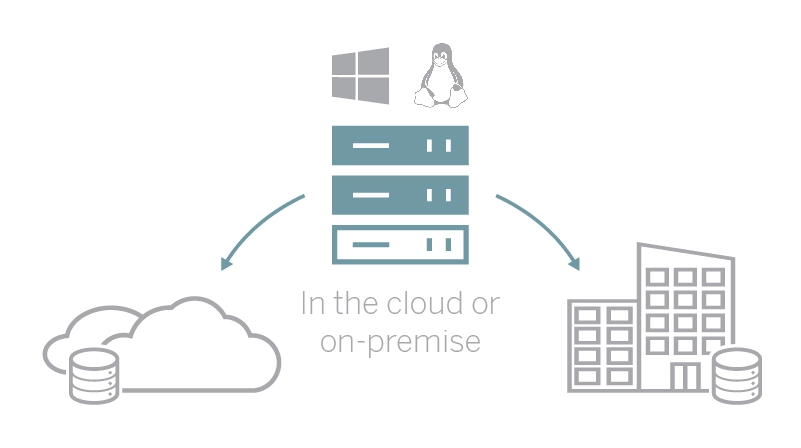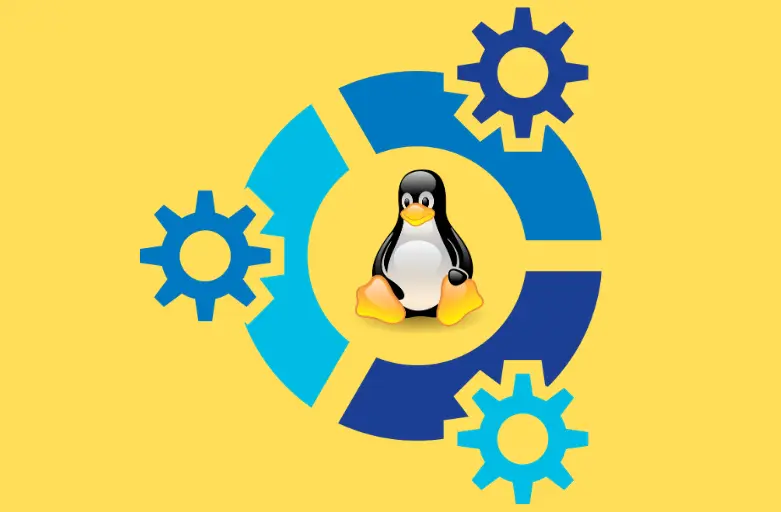15
+
YEARS OF
EXPERIENCE
1000
+
SUCCESSFUL
Projects
80
+
Satisfied
Clients

Linux architecture design is a essential aspect for businesses seeking scalable, secure, and efficient IT infrastructures. Understanding how Linux systems are structured enables organizations to optimize performance, enhance security, and tailor solutions fit for complex environments. This article explores the core components of Linux architecture design, revealing how it drives innovation and operational excellence. Whether you are deploying servers, cloud platforms, or embedded devices, mastering Linux design principles is key to achieving strategic IT goals.
Understanding the Core Components of Linux Architecture Design
Linux architecture design consists of a modular framework that separates the operating system into distinct layers, ensuring flexibility and robustness. At its core, the design includes the Kernel, System Libraries, System Utilities, and User Interface. the Kernel acts as the heart of the system, managing processes, memory, device interaction, and file systems. It provides an abstraction layer between hardware and software, which ensures hardware independence and portability across devices. Above the kernel lie system libraries, offering APIs to simplify application growth, and system utilities that handle essential tasks such as file management and system monitoring. The User Interface layer supports both command-line tools and graphical desktop environments, catering to diverse user preferences. Linux’s modularity allows IT professionals to customize systems, stripping down unnecessary components to boost security and efficiency. This level of control makes Linux an ideal choice for enterprise-grade infrastructure and specialized applications. Proxar IT Consulting leverages this architectural design to create tailored solutions that align with client-specific demands and future growth.







Strategic Benefits and Challenges in Linux Architecture design for Enterprise Solutions
Implementing Linux architecture design in enterprise environments brings a wealth of advantages but also presents unique challenges that demand expert management. One of the most meaningful benefits is scalability. Linux systems can seamlessly scale from embedded devices to large-scale data centers without compromising performance. The open-source nature of Linux fosters clarity, allowing IT teams to access, modify, and optimize source code to enhance security and reliability. Additionally, Linux’s robust security features, such as mandatory access control systems like SELinux and AppArmor, provide fine-grained control over system integrity, a critical aspect for organizations with stringent compliance requirements. Customizability is another boon; enterprises can build lightweight servers optimized for specific workloads or full-featured platforms supporting high availability and disaster recovery protocols.
However, challenges include the complexity of integrating diverse Linux distributions within existing IT frameworks, managing skilled resources proficient in Linux administration, and navigating updates without disrupting critical services. these challenges necessitate a strategic approach combining in-depth expertise, automated system management, and thorough testing. At Proxar IT Consulting, we provide end-to-end guidance to mitigate these challenges by leveraging best practices and automation tools, ensuring that Linux architecture not only meets but exceeds enterprise expectations.

Adopting Linux architecture enables enterprises to align their IT infrastructure with business objectives effectively. Its inherent flexibility supports hybrid cloud deployments and containerized environments, enabling rapid innovation. Despite the learning curve,well-planned implementations yield reduced operational costs and enhanced system resilience. With the right expertise, businesses can fully capitalize on Linux’s modular capabilities for long-term competitive advantage.
Real-World Applications and Case Studies Highlighting Linux Architecture Design
Linux architecture design has underpinned many transformational projects across industries. for example, cloud service providers rely heavily on Linux-based platforms to deliver scalable, reliable, and cost-efficient offerings. Ubuntu and centos, popular Linux distributions, form the backbone of many Infrastructure as a Service (IaaS) solutions, highlighting the adaptability of Linux architecture in virtualized environments. Additionally, Linux powers critical sectors such as finance and telecommunications, where uptime and security are paramount. Proxar IT Consulting recently worked with a multinational financial institution to redesign their server infrastructure using a customized Linux kernel and container orchestration with kubernetes—resulting in a 30% betterment in server response times and enhanced fault tolerance. Another case involved optimizing a manufacturing client’s embedded Linux systems to improve real-time monitoring and control, significantly reducing downtime. Such examples demonstrate how leveraging Linux design principles can produce measurable business impacts. Our team applies industry-leading methodologies to design architectures tailored to each client’s operational and security requirements.

answer time
satisfaction
score
on initial call
same business
day
Harnessing Linux Architecture Design for Future-proof IT Infrastructure
The dynamic nature of today’s IT landscape demands infrastructure that can evolve with emerging technologies and changing business needs. Linux architecture design offers a future-proof framework, combining modularity, scalability, and security to support innovation over time. By embracing open-source principles, organizations benefit from a broad ecosystem of tools and community-driven enhancements, ensuring continuous improvements. Forward-thinking IT teams also integrate container technology, microservices, and orchestration platforms into their Linux environments, laying the groundwork for agile development and robust deployment pipelines. At Proxar IT consulting, we help businesses architect Linux solutions that not only address current operational challenges but also anticipate future requirements. whether optimizing legacy systems or building cloud-native platforms, our expertise ensures your Linux infrastructure remains resilient and adaptable. For organizations ready to transform their IT capabilities, connect with us to explore customized Linux architecture design services that drive sustainable growth. Visit our contact us page to get started today.

